The Ultimate Pepper Parade: A Spicy Journey Through the World of Chili Peppers
Table of Contents
- Introduction
- The Scoville Scale & You
- A-Z Guide to Different Chili Peppers Types
- Culinary Uses and Flavor Profiles
- Buying Guide: Choosing the Right Pepper for You
- How to Store, Preserve, and Use Your Chilies
- Conclusion
Welcome to the Pepper Parade!
If you've ever stared into a supermarket produce aisle and wondered why there are so many different chili peppers types — or if you're just curious how habanero stacks up against jalapeño in a heat showdown — this is your guide.
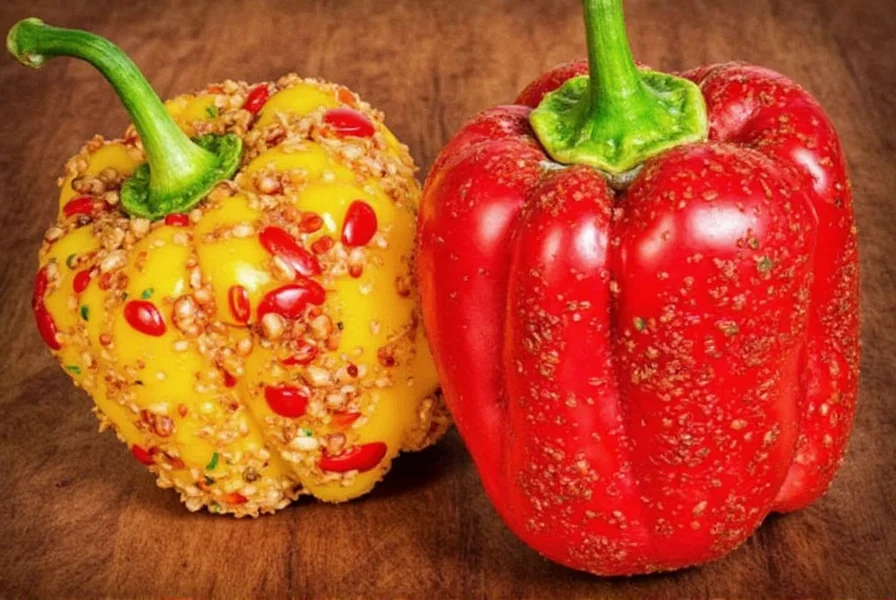
Understanding the Heat: The Scoville Scale Explained
To truly appreciate the diversity among chili peppers, you’ve got to know about the Scoville scale. Developed by Wilbur Scoville in 1912, it measures the capsaicin content (the compound that makes chilies hot) in SHU — Scoville Heat Units.
| Chili Pepper Type | Scoville Heat Units (SHU) |
|---|---|
| Bell Pepper | 0 SHU |
| Jalapeño | 2,500–8,000 SHU |
| Habanero | 100,000–350,000 SHU |
| Ghost Pepper (Bhut Jolokia) | ~1,000,000 SHU |
| Carolina Reaper | 1,400,000–2,200,000 SHU |
From Mild to Wild: A-Z List of Popular Chili Peppers
Let’s take a tour through the most commonly used chili peppers — their flavor profiles, uses, and where they rank on the heat index.
Ancho (Poblano)
- Flavor: Sweet, earthy, slightly smoky
- Heat Level: Mild (~1,000–2,000 SHU)
- Best For: Mole sauces, stews, stuffed pepper dishes
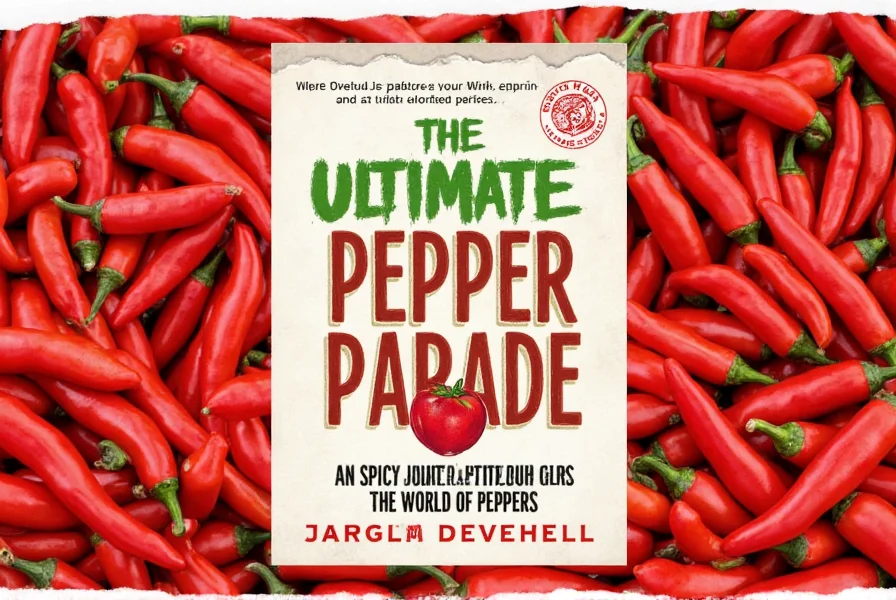
Bird's Eye Chili
- Flavor: Intense, fruity, bright
- Heat Level: Medium-Hot (~50,000–100,000 SHU)
- Best For: Southeast Asian curries, stir-fries, sambals
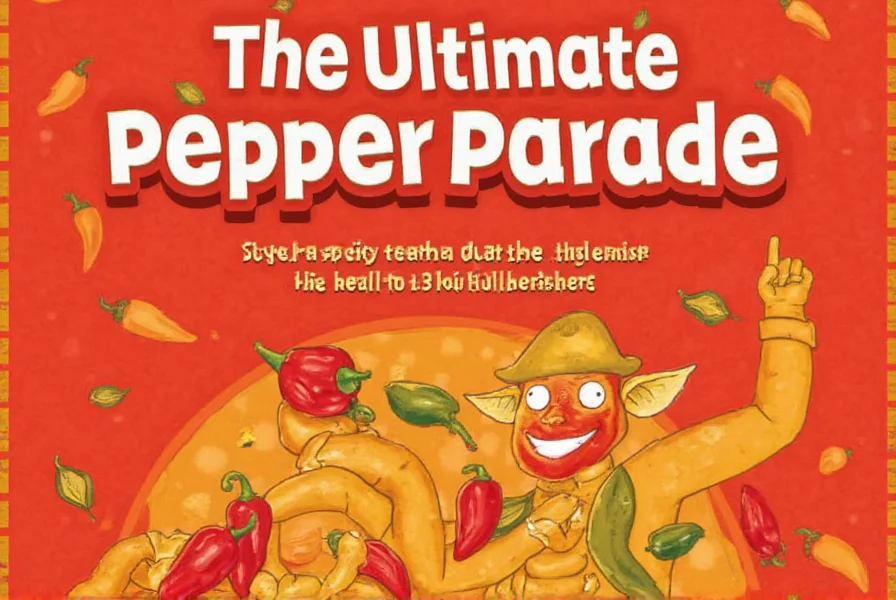
Cayenne
- Flavor: Sharp, pungent
- Heat Level: Medium (~30,000–50,000 SHU)
- Best For: Spicy soups, sauces, dry rubs
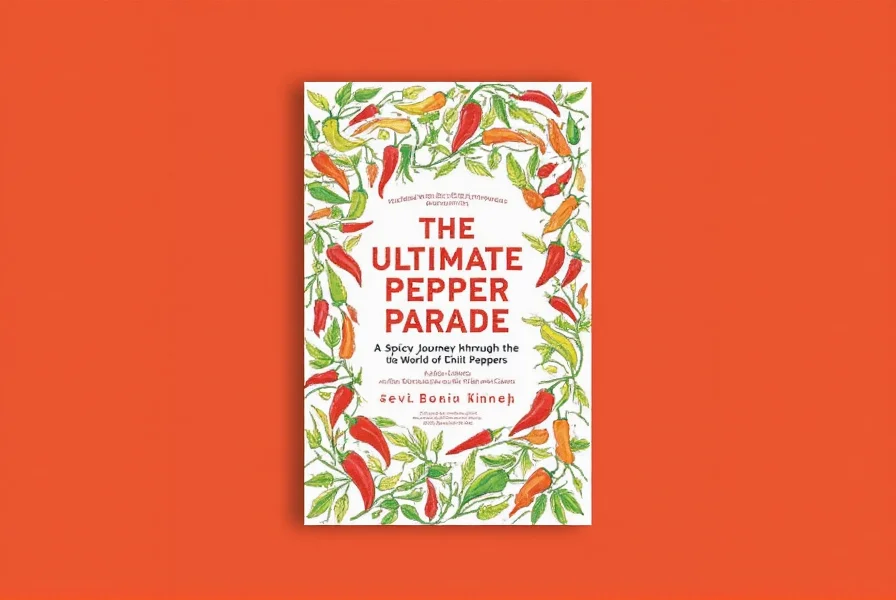
Hatch
- Flavor: Nutty, sweet, complex
- Heat Level: Varies (Mild to Hot depending on variety)
- Best For: Roasted green chile sauces, sandwiches, pizzas
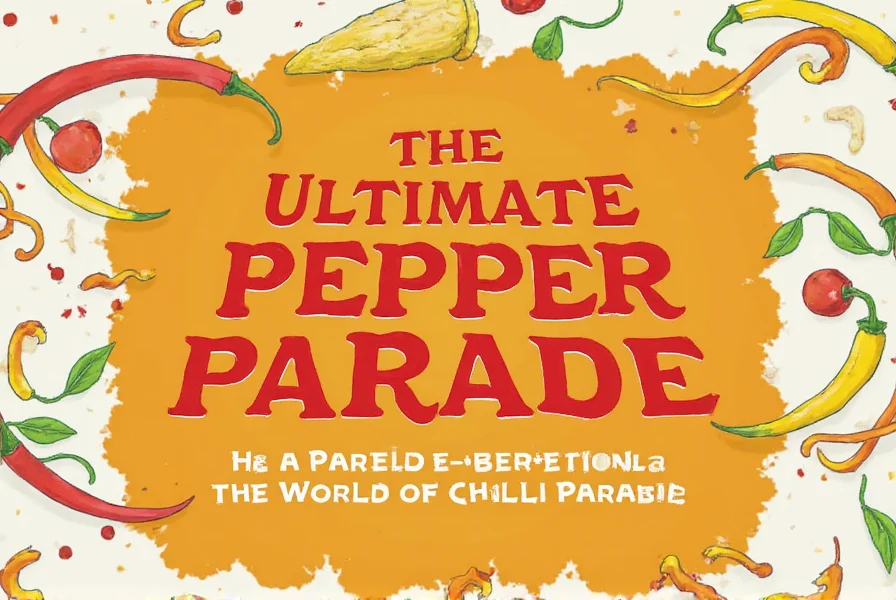
Habanero
- Flavor: Fruity, floral, tropical
- Heat Level: Very Hot (~100,000–350,000 SHU)
- Best For: Hot sauces, jerk marinades, fiery desserts
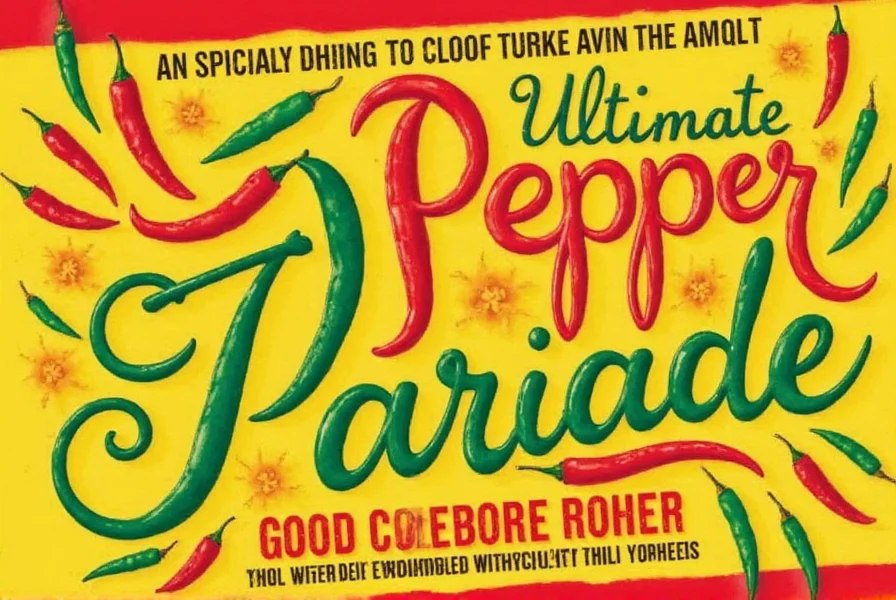
Jalapeño
- Flavor: Grassier, fresh, slightly smoky
- Heat Level: Mild-Medium (~2,500–8,000 SHU)
- Best For: Salsas, nachos, poppers, tacos
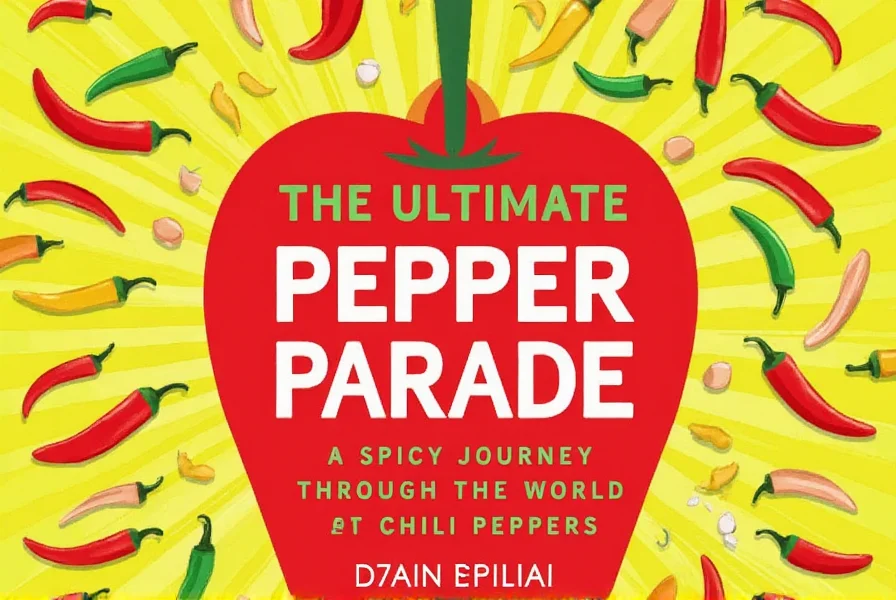
Poblano vs. Pasilla
- Poblano: Fresh, robust; when dried = Ancho
- Pasilla: Dried version of the chilaca pepper; raisiny, smoky
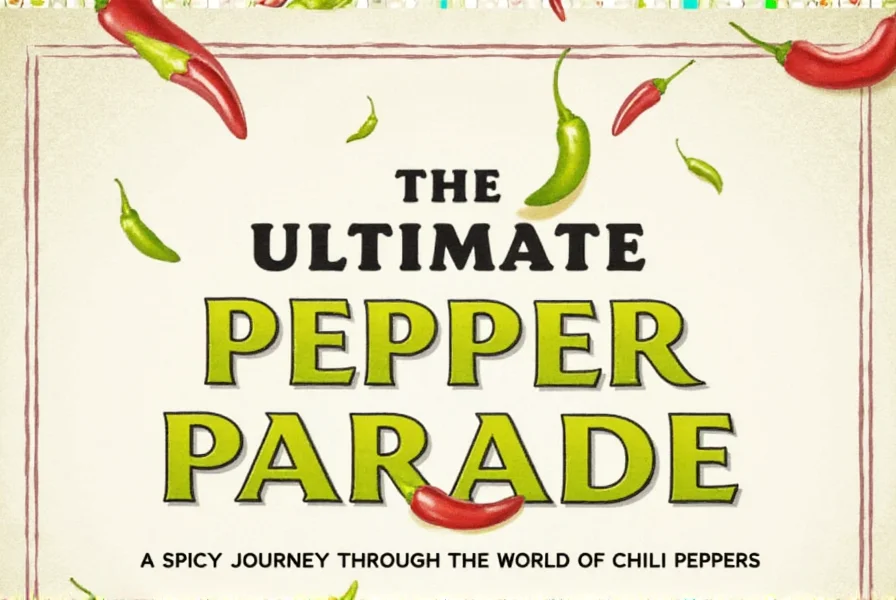
Serrano
- Flavor: Bright, grassy, punchy
- Heat Level: Medium (~10,000–23,000 SHU)
- Best For: Salsas, guacamole, pico de gallo
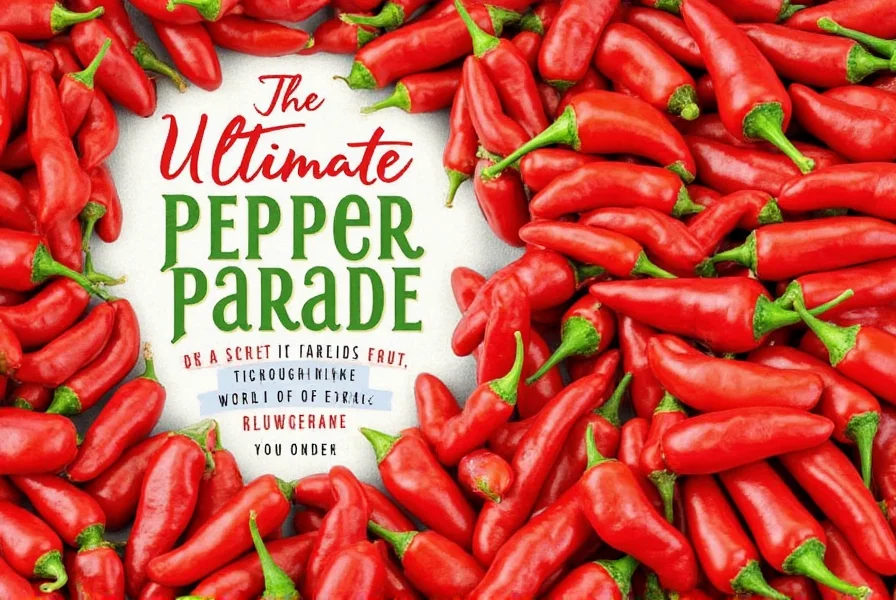
Shishito
- Flavor: Light, smoky, occasionally spicy
- Heat Level: Mostly mild (1 in 10 may surprise you)
- Best For: Grilled appetizers, yakitori, salads
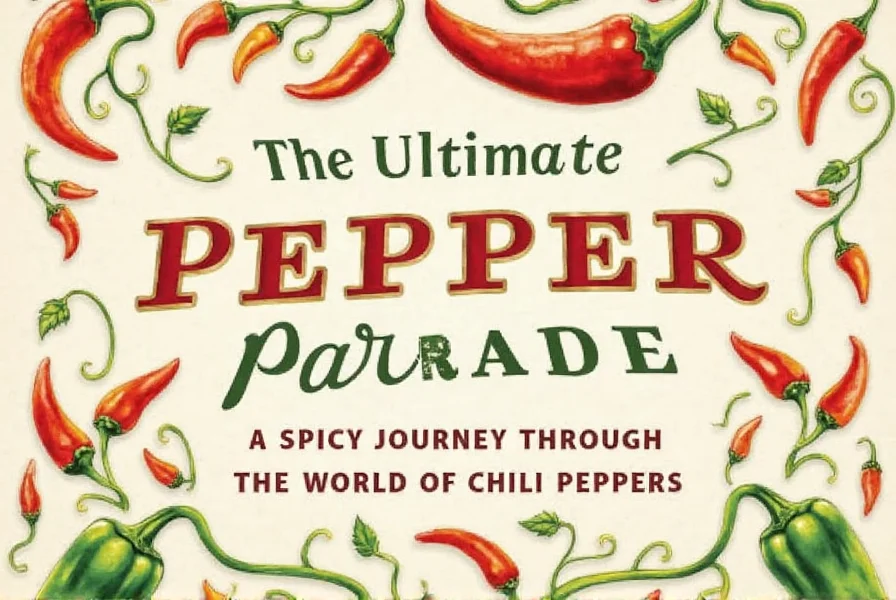
Thai Bird
- Flavor: Citrusy, sharp, explosive
- Heat Level: Medium-Hot (~50,000–100,000 SHU)
- Best For: Thai curry pastes, pad thai, tom yum soup
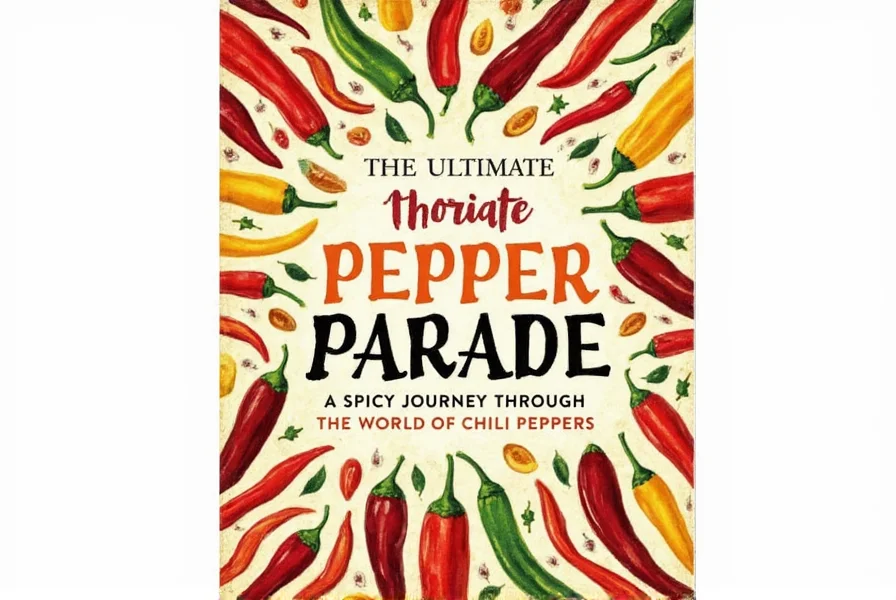
Tabasco
- Flavor: Tangy, fermented
- Heat Level: Medium (~30,000–50,000 SHU)
- Best For: Sauces, Bloody Marys, condiments

Culinary Uses: How Different Chili Peppers Bring Flavors to Life
While heat is the headline act, each chili brings its own unique flavor profile to the stage. Let’s explore how they shine in different cuisines and applications.
Mexican Magic
In Mexican cooking, chilies aren't just about spice—they’re layers of flavor. From ancho in mole sauces to chipotle in adobo, peppers define regional tastes.
- Ancho: Deepens sauces like mole poblano
- Chipotle: Smoked, adds campfire notes to salsas and braises
- Guajillo: Balanced sweetness and heat; used in enchilada sauces
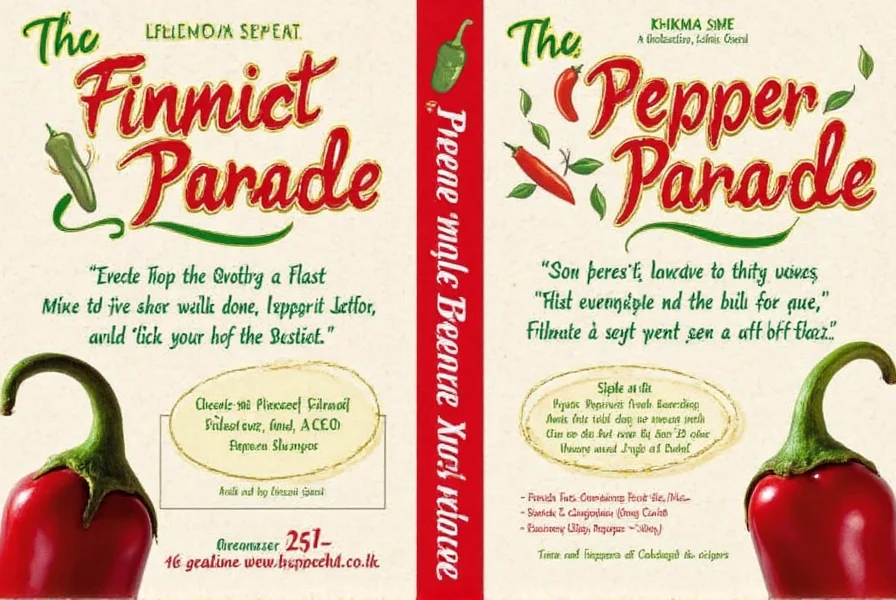
Asian Firepower
From Thai red curry paste to Korean gochujang, chili peppers bring both depth and drama to the cuisine.
- Bird's Eye: Essential for Thai curries and spicy som tam
- Korean Red Pepper (Gochu): Fermented heat for kimchi and bibimbap
- Dried Szechuan: Earthy base for Chinese stir-fries and hot pots
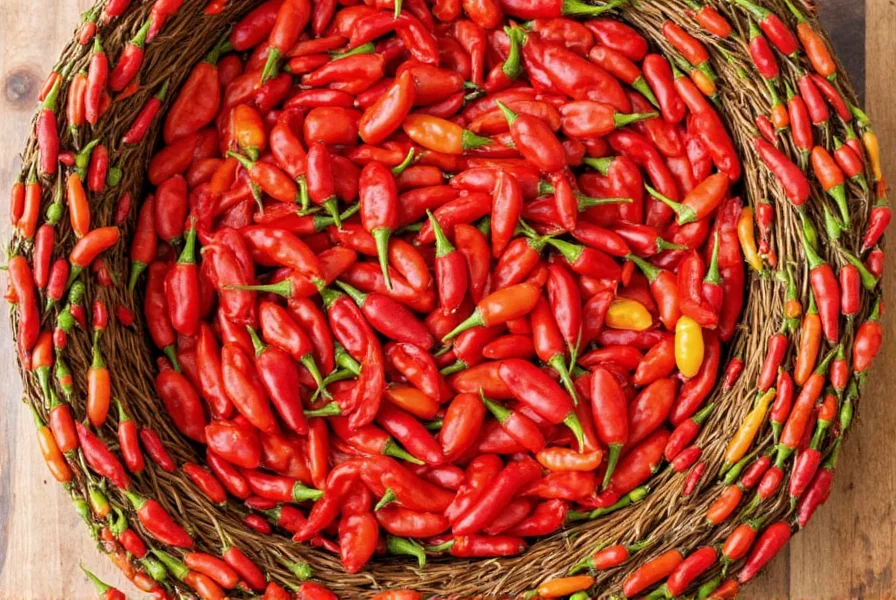
European & Mediterranean Charm
Even milder palates get their kick via crushed red pepper flakes and paprika-laced dishes.
- Calabrian Chili: Briny, citrusy in Italian oils and pastes
- Pimentón (Spanish Paprika): Smoked or sweet, used in chorizo and paella
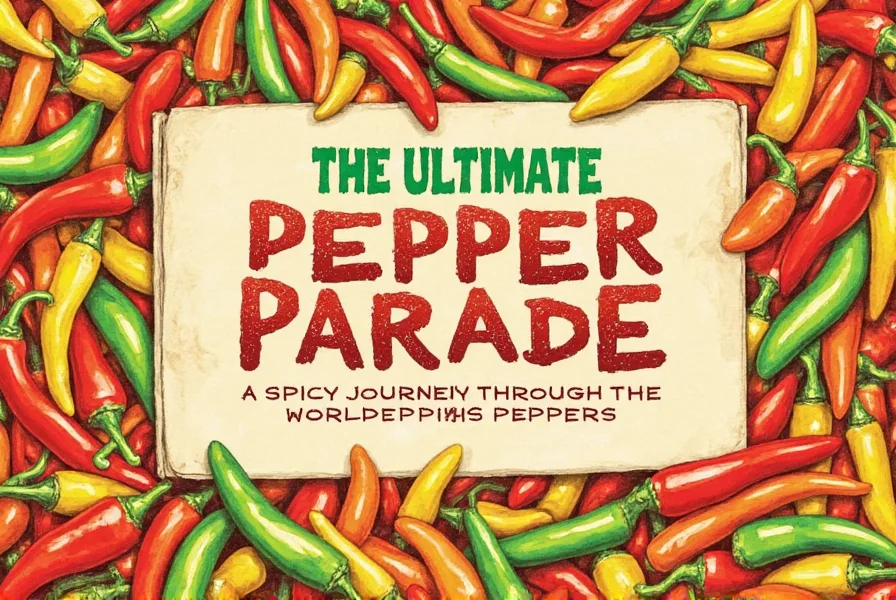
Buying Guide: How to Choose the Right Chili for Your Kitchen
Whether you're making salsa at home or crafting a fiery hot sauce, here’s what to look for when buying different chili peppers types.
Fresh vs. Dried
- Fresh: Great for immediate use—bright flavors and crisp texture
- Dried: More concentrated flavor, perfect for grinding into powder or rehydrating

Key Considerations When Buying
| Factor | Description |
|---|---|
| Color | Bright colors indicate freshness; avoid brown spots or shriveling |
| Texture | Firm skin, plump feel; softness indicates over-ripeness or rotting |
| Heat Level | Check variety and color—green tends to be less ripe/milder than red |
Top Picks for Versatility
- Organic Jalapeños: Mild yet bold enough for salsas and pickling
- California Wonder Bell Peppers: Zero heat, big flavor—perfect for stuffing
- Smoked Piquín Chilies: Intensely flavored, ideal for rubs and sauces
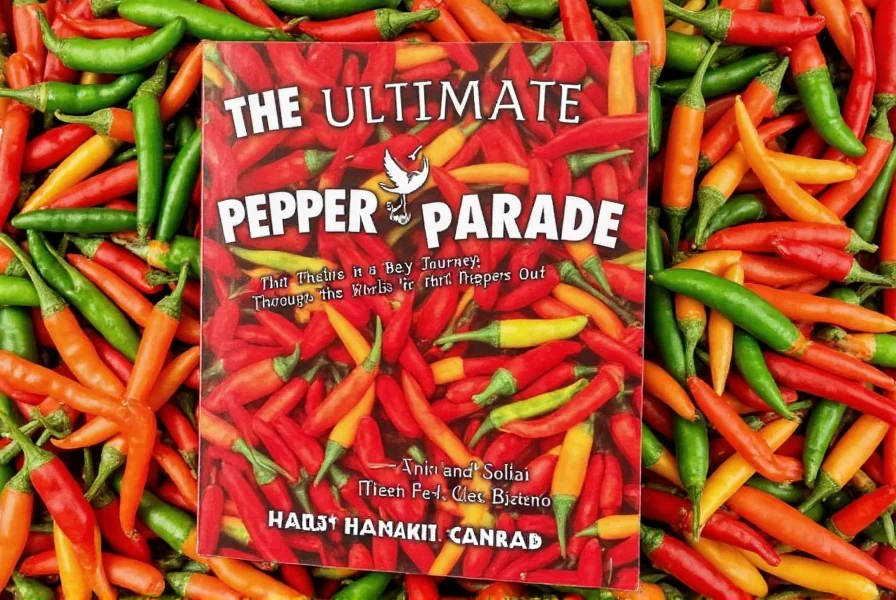
Storage & Usage Tips: Keep Your Chilies Fire-Ready
Want your peppers to stay fresh longer? Here’s how to store and preserve them properly.
Short-Term Storage
- Store unwashed in plastic bag in fridge crisper
- Lasts up to 2 weeks if kept dry and cool
Long-Term Storage
- Freezing: Wash and freeze whole in ziplock bags—no prep needed!
- Drying: Use oven, air fryer, or dehydrator until crispy
- Infused Oil: Make homemade chili oil with dried peppers
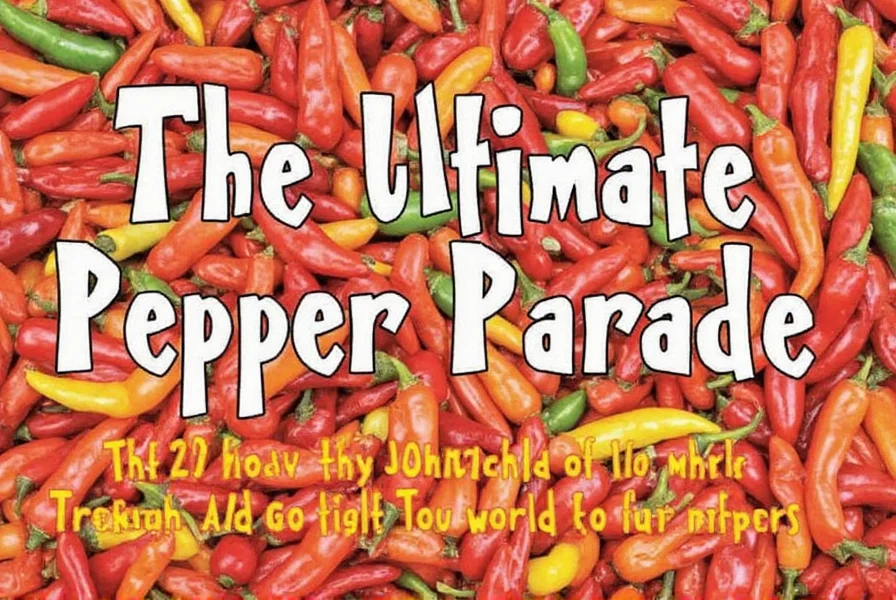
Final Thoughts: Spice Up Your Life with the Right Chili!
Whether you're a casual cook or a seasoned chef, understanding different chili peppers types can seriously elevate your culinary game. Each one offers not only heat but also a story—a cultural background, a flavor journey, and a reason to reach for the next bite.
So next time you’re at the market, don’t settle for the usual jalapeño. Dare to try the ghost pepper, experiment with padróns, or fall in love with the subtle warmth of pasilla. After all, the world of chilies is as vast and flavorful as it is fiery.
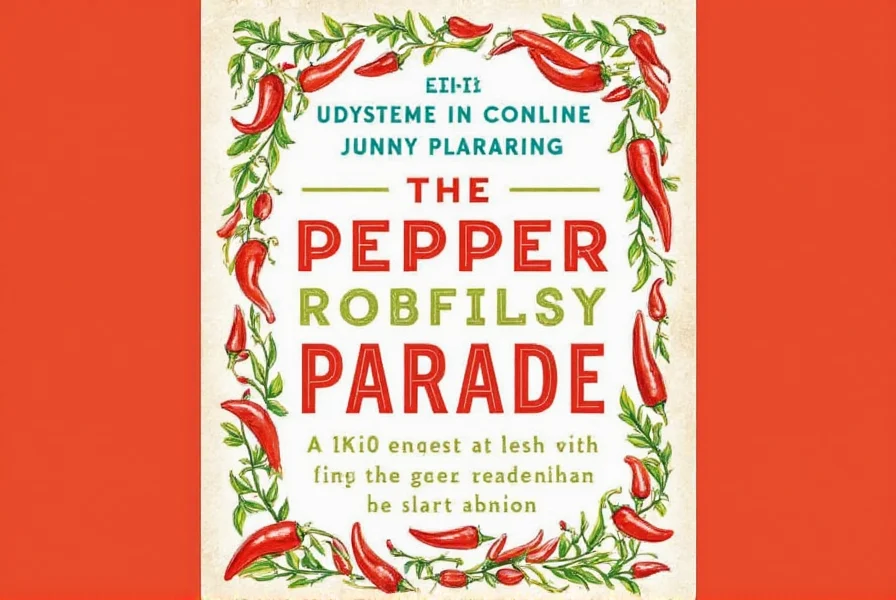
Now, go forth and spice responsibly!

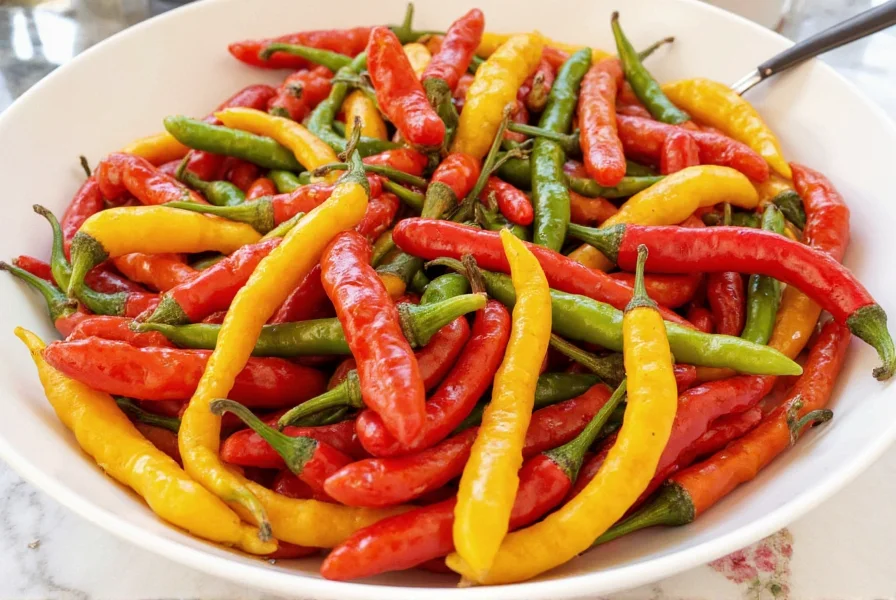









 浙公网安备
33010002000092号
浙公网安备
33010002000092号 浙B2-20120091-4
浙B2-20120091-4